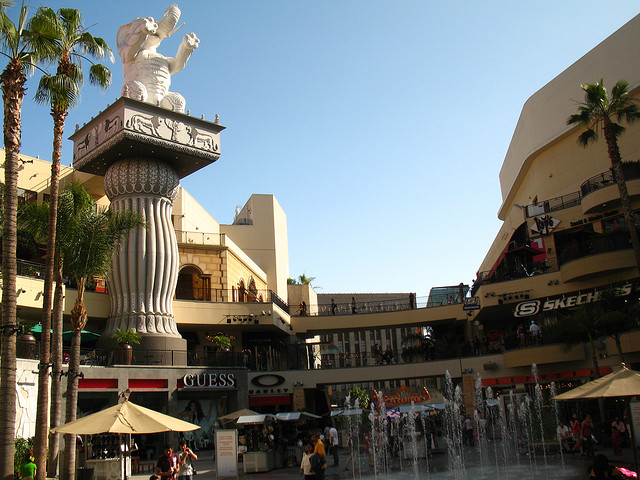Code Green Solutions


Hollywood and Highland Center. Los Angeles, CA
The lives of over 350,000 people in Los Angeles are better because of the work of the Los Angeles Alliance for a New Economy (LAANE). LAANE, a non-profit advocacy group founded in 1993, is a leader in creating the “New Economy,” which is essentially a triple bottom line approach to making real and impactful social change. LAANE’s success stems from its development of systemic solutions. All of their efforts focus on creating good jobs, thriving communities and healthy environments.
LAANE’s approach to leveraging the built environment provides many lessons for the green building community as we explore how to better address social equity issues in the context of our projects. Rather than focusing on single issues, LAANE identifies opportunities for change within a particular community and place, finds leverage points and builds strong coalitions who can work together for the benefit of all. And equally importantly, they develop, implement and document specific metrics and benchmarks that we can look to as we begin to create new social equity tools and processes for green buildings.
For example, through their Construction Careers initiative, LAANE has worked with local authorities, developers, contractors, unions and community groups to pass a series of construction careers and green jobs policies to link green building, living wages and career development for projects that receive significant amounts of public investment. Agreements have been developed with the Los Angeles Metropolitan Transit Authority, the Department of Public Works and the Port of Los Angeles. Specifically, these policies require that all qualified projects:
Beyond more traditional labor agreements, the goal of these requirements is to ensure that not only are one-time construction jobs created through a project, but that the project is leveraged to provide a long term career path in the construction industry. This is a critical distinction—many construction projects promote their benefit by touting the number of jobs that will be created, even though the associated construction jobs are typically one-time propositions that dry up with a project’s completion. With Construction Careers, LAANE is helping to leverage the opportunities created around building projects to provide meaningful career development and a potential pathway out of poverty for local residents. More information on these programs, including the actual policy documents, can be found here.
LAANE has also been a pioneer in the area of Community Benefits Agreements (CBSs). CBAs are agreements between developers and community groups that provide legal requirements for projects to provide living wages, jobs training, long term employment, affordable housing, open space, environmental clean up, and other public benefits. LAANE helped negotiate the nation’s first CBA at the Hollywood and Highland Center, a major redevelopment project in historic Hollywood that includes the landmark Chinese Theater and sparked a renewal of the neighborhood. The project has largely been seen as a success. Since that time, it has helped organize community and labor groups and supported CBAs at Hollywood and Vine, at the LAX Airport Expansion, and other projects throughout the city.
Each of these agreements reflects the specific needs of the local communities and the types of impacts of each of the projects. For example, the Hollywood and Vine project includes requirements for living wages and benefits for all long term employees (including hotel, security and parking employees), a first source hiring program to hire local residents in both construction and on-going operations, funding for a culinary arts job training program, funding for arts training at the local high school, and outreach for affordable healthcare programs for local residents. The LAX Airport expansion CBA includes soundproofing of schools, public buildings and houses of worship; funding for on-going studies on air quality and community health; electrification of airport gates to prevent engine idling; and other environmental, health and labor measures.
Along with other LAANE campaigns (including programs focused on city recycling, shipping and the ports, hotel workers and grocery stores), these programs provide great examples of the types of metrics that can be used to measure and implement social equity initiatives in building projects. They also underscore the importance of process and the need for community outreach and participation. LAANE’s leadership has helped communities throughout the city effectively navigate the complex political landscape to ensure their needs are addressed by projects that receive public funds and resources. And they have set an example that is being replicated by partner organizations throughout the country.